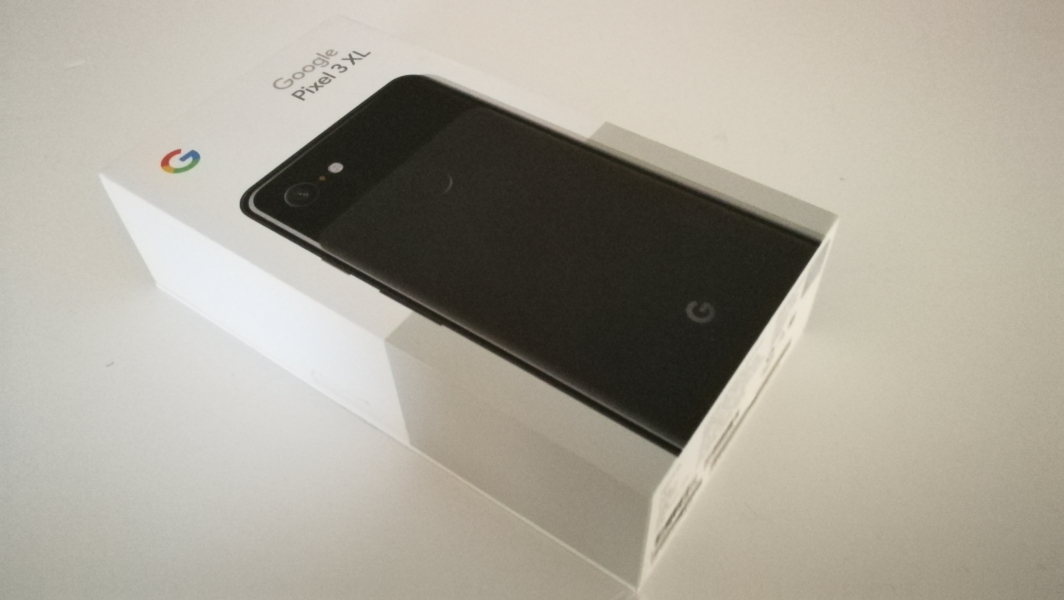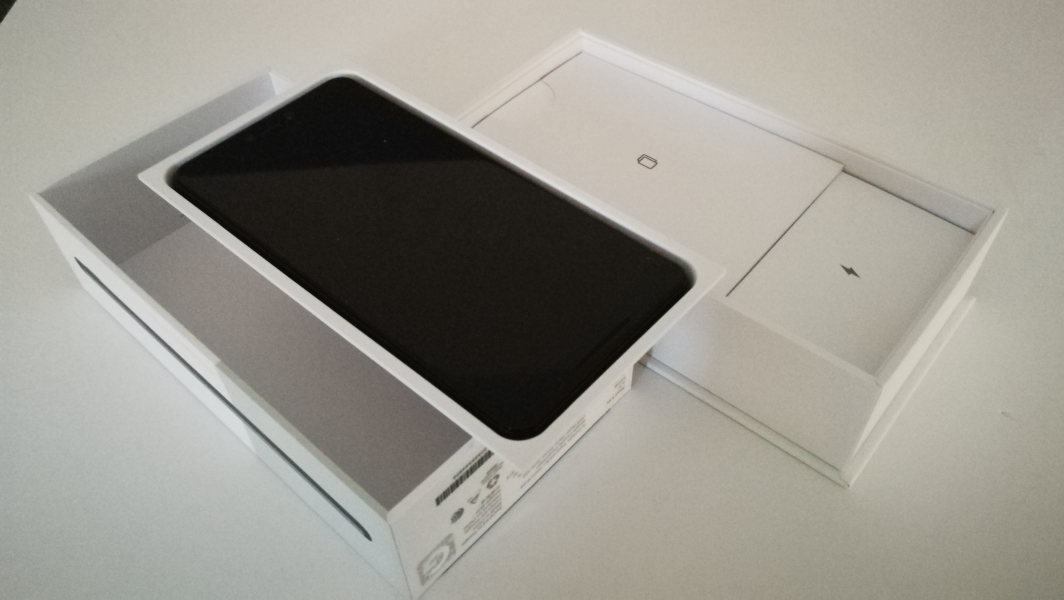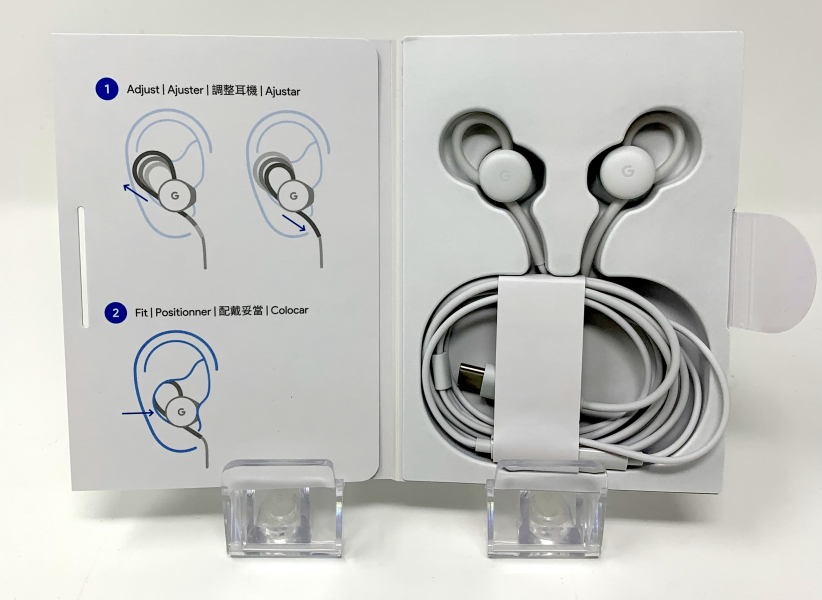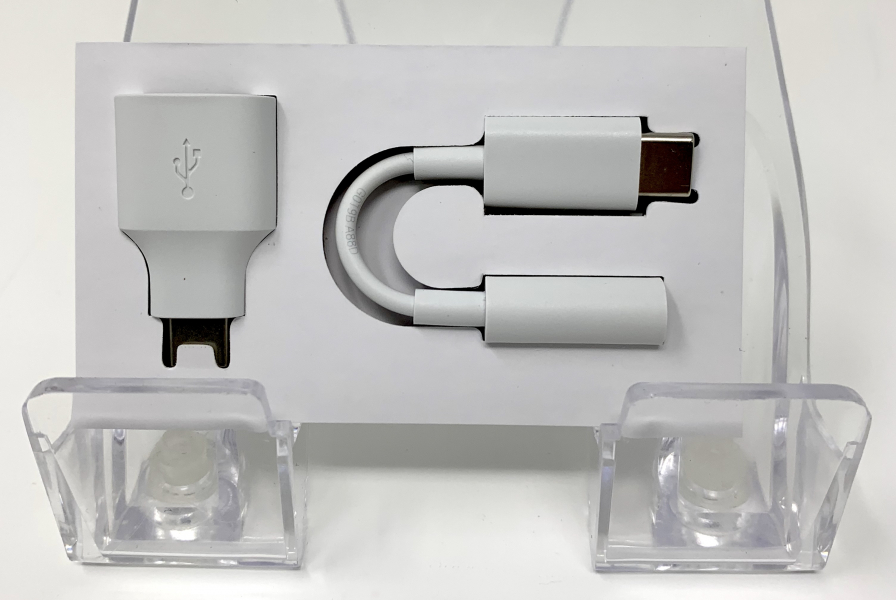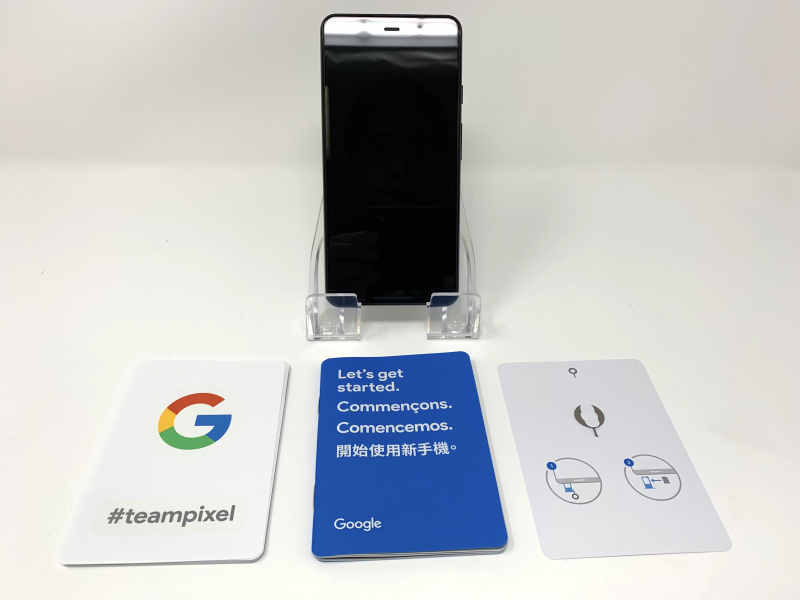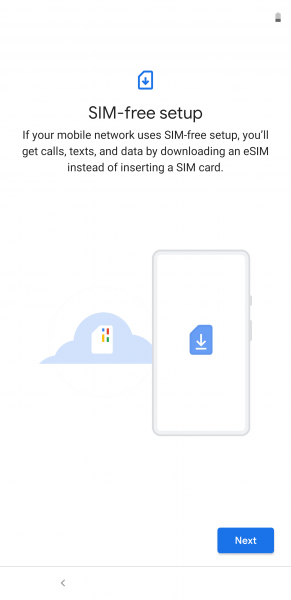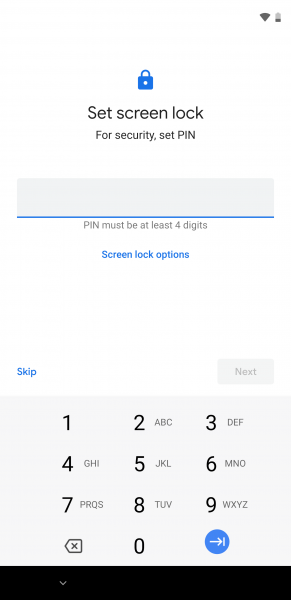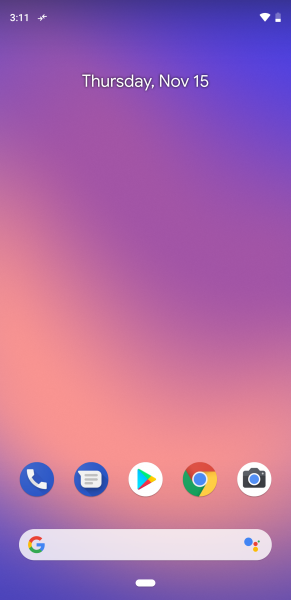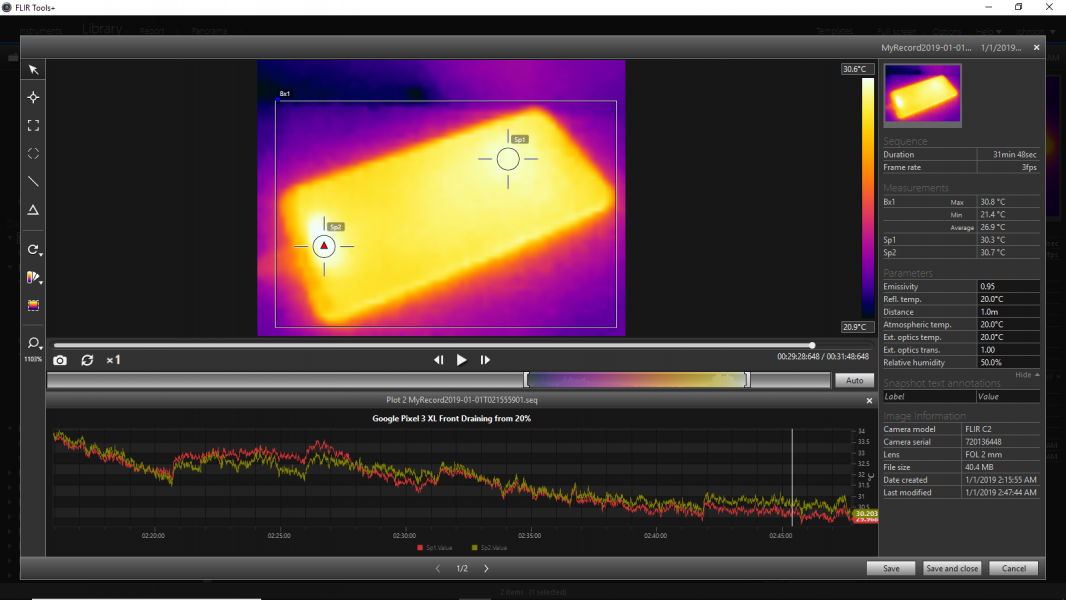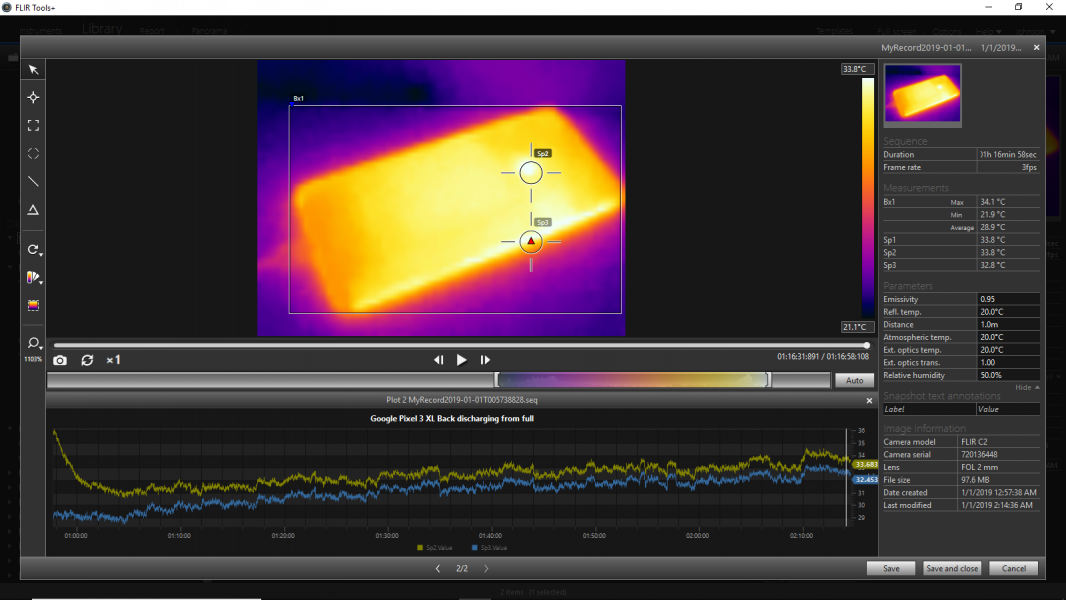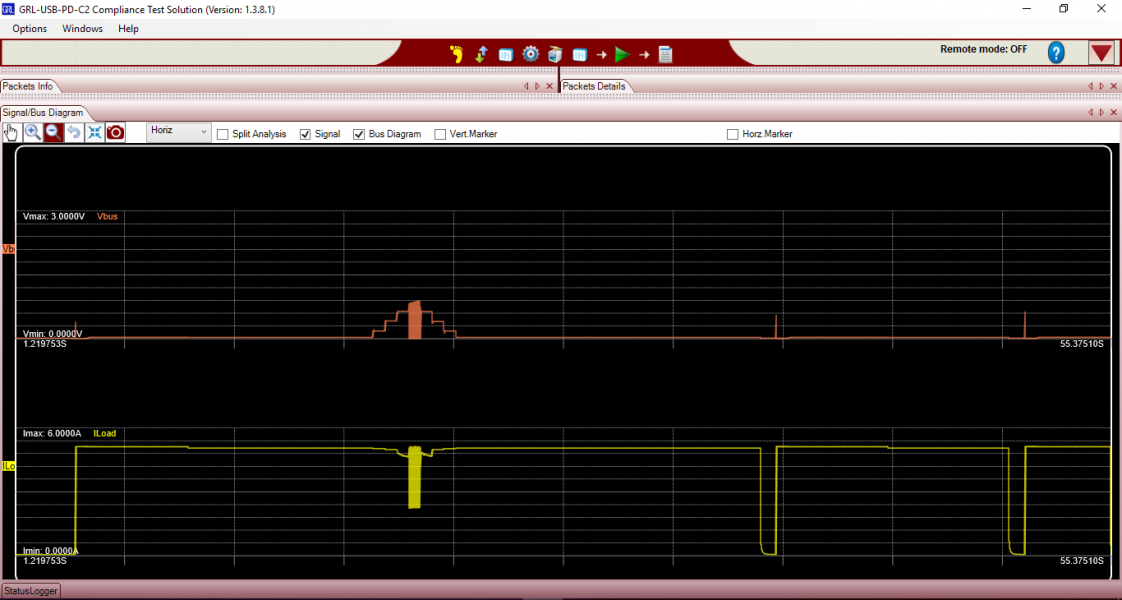Google has done itself well to promote the Google Pixel 2 XL as a technology advanced phone and is now going forward with the Google Pixel 3 XL. As the first Google phones to support wireless charging, the Google Pixel 3 and Pixel 3 XL follow similar moves from the latest iPhone XS and iPhone XR as well as the Samsung Galaxy S9+ and Note9, LG G7 ThinQ, and Sony Xperia XZ2 Premium among those wireless charging enabled flagship phones out there. The Pixel 3 only supports 5W Qi low power to charge wirelessly but claims to offer up to 10W when used with the Google Pixel Stand wireless charging dock.
For wired charging, the Google Pixel 3 XL uses the same standard USB Power Delivery 2.0 technology over its USB Type-C connector as the Google Pixel 2 XL. Both phones also support USB 3.1 Gen 1 (5 Gb/s) speeds and use Chromecast as the primary method to cast video from the phone.
Click here to see how the Google Pixel 3 XL supports USB Power Delivery charging with the Google Universal Type-C Charger 60W.
The Google Pixel 3 XL continues from the Google Pixel 2 and Google Pixel 2 XL to use eSIM technology which enables phones to operate on a mobile network without having a physical SIM card, a legacy technology which has been around since 1991. Other newer products such as the iPhone XS and iPhone XR also adopt eSIM but like the Pixel 3 also still allow using SIM cards from traditional mobile carrier networks.
Other than supporting Qi wireless charging, the Google Pixel 3 XL is not really much different than the previous version except for a few upgrades such as having the higher end Qualcomm Snapdragon 845 chipset, bigger and better looking 6.3-in OLED 2960x1440 display, additional 8MP f/2.2 front camera and IP68 rating.
The Google Pixel 3 XL now comes with wired USB Type-C earphones despite not getting any when the Google Pixel 2 XL removed the 3.5mm audio port to replace with the USB Type-C connector. Note if you use USB Type-C headphones or speakers with the Google Pixel 3 XL, you should use one that is using digital USB audio.
The Google Pixel 3 XL also ships with a 18W USB Power Delivery based USB Type-C power adapter similar to the previous model as well as a USB Type-C to 3.5mm audio adapter and instruction sheets.
The 18W Phihong ac charger is also the same one used by the Pixel phone family which supports USB Power Delivery 2.0 based charging using 15 watts (5 volts @ 3 amps) and 18 watts (9 volts @ 2 amps) power profiles. Click here to view more details on how this charger supports USB Power Delivery.
The Google Pixel 3 XL may not be one of the best looking phones but it can take advantage of Google's own expertise in both hardware and software to offer a fair share of high end features comparable to many other premium phones.
Starting up the Google Pixel 3 XL, we first start off with Google's defined Welcome screens to set up a physical SIM card or eSIM.

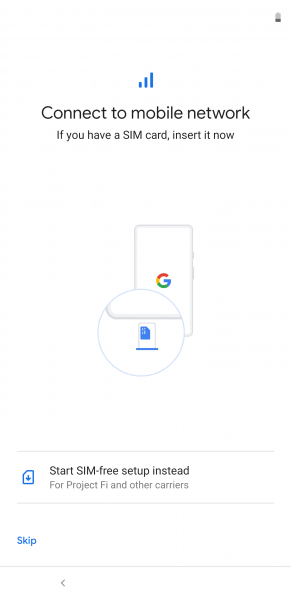
The startup screens then continue to allow you to add Wi-Fi and transfer your information from another phone.
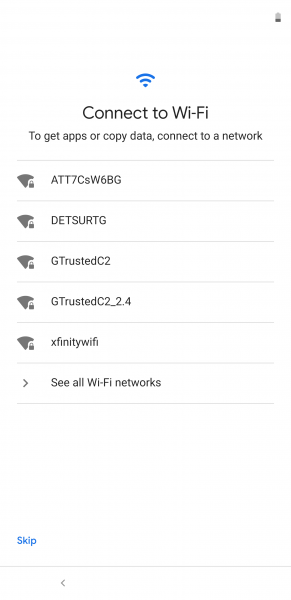

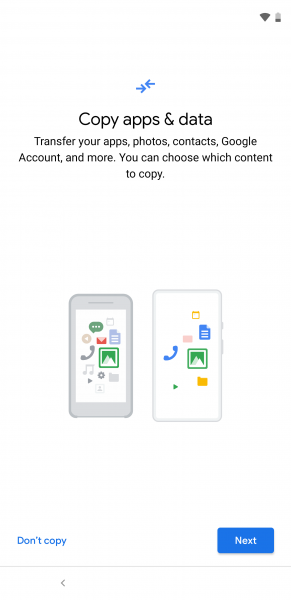
We can then add our Google account, Google services, accept Terms and Conditions, add a carrier, and set up fingerprint and security protections before finally getting to the main screens of the Google Pixel 3 XL.
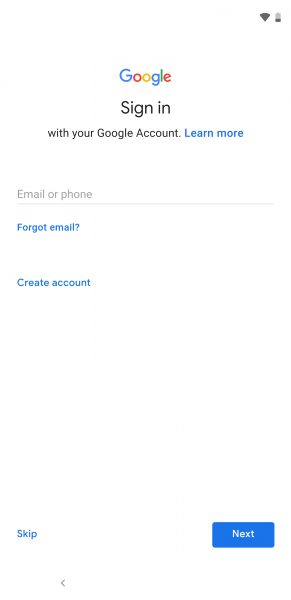
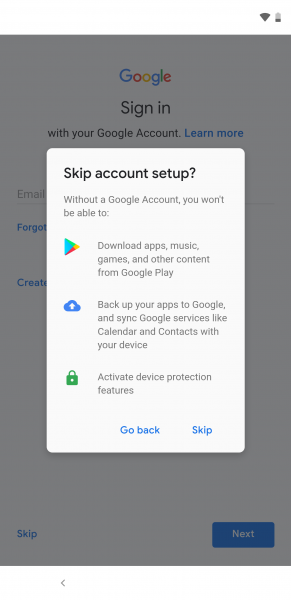
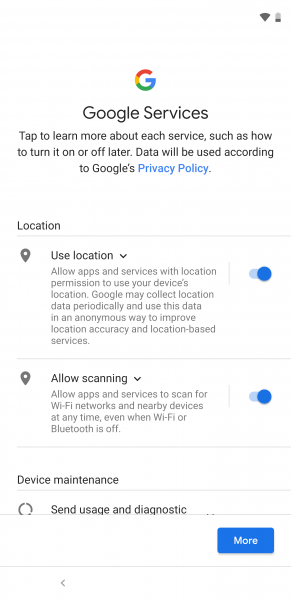
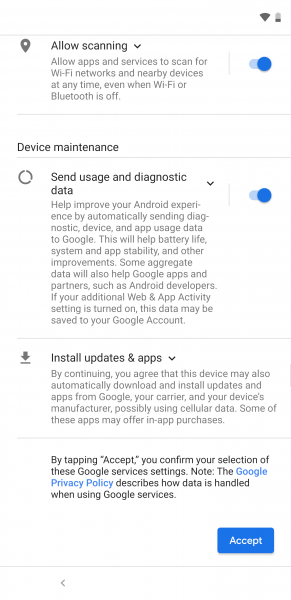
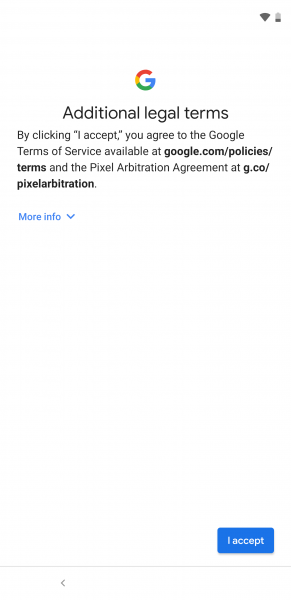

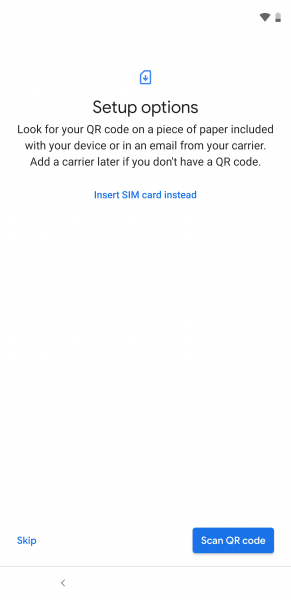



Using the USB Power Test App from Granite River Labs with the Granite River Labs USB Power Delivery Compliance C2 Tester, we ran a subset of power tests for the Google Pixel 3 XL to generate the following test results.
The USB Power Test App first negotiates a power contract emulating the Source to determine the Power Delivery Sink capabilities of the Google Pixel 3 XL. The USB Power Test App then reports out the voltage and current supported by the Google Pixel 3 XL for each of the Source PDO's advertised to the phone.
| Sink Cap. | Voltage (V) | Current (A) |
|---|---|---|
| 5V | 5.06 | 2.91 |
| 6V | 5.09 | 2.92 |
| 7V | 5.08 | 2.92 |
| 8V | 5.11 | 2.91 |
| 9V | 9.07 | 1.79 |
| 10V | 5.08 | 2.91 |
| 11V | 5.06 | 2.91 |
| 12V | 5.06 | 2.9 |
| 13V | 5.08 | 2.89 |
| 14V | 5.06 | 2.91 |
| 15V | 5.08 | 2.87 |
| 16V | 5.08 | 2.84 |
| 17V | 5.07 | 2.84 |
| 18V | 5.06 | 2.8 |
| 19V | 5.07 | 2.8 |
| 20V | 5.08 | 2.79 |
The USB Power Test App from Granite River Labs also produces a voltage, current trace plot which graphically shows the voltage and current requested by the phone for each advertised Source PDO throughout the power negotiation.
Using the USB Power Test App and FLIR thermal imaging tools, we measured the heat emitted by the Google Pixel 3 XL as seen in the following temperature heat map graphs for 20% and 100% battery drains on the front and back of the phone.
The max temperature was observed at 30.8 degree Celsius when the battery was drained from 20% charge level on the front of the phone. The back of the phone where the battery was drained from full charge recorded a max temperature of 34.1 degree Celsius.
Using the USB Power Delivery Compliance C2 Tester from Granite River Labs to run just a subset of the full USB Power Delivery compliance test suite, we can see that the Google Pixel 3 XL supports these PDO's- 4.5 watts (5 volts @ .9 amps), 15 watts (5 volts @ 3 amps) and 27 watts (9 volts @ 3 amps) for charging. Note quite a few compliance failures were observed.
Power Capabilities
Parameter
|
GetCapabilities
|
|---|---|
PD_POWER_AS_SOURCE
|
4000
|
USB_SUSPEND_MAY_BE_CLEARED
|
YES
|
SENDS_PINGS
|
NO
|
NUM_SRC_PDOS
|
1
|
Supply Type #1
|
Fixed
|
Peak Current #1
|
0x0(A)
|
Voltage #1
|
0x64(5V)
|
Max Current #1
|
0x5A(.9A)
|
PD_POWER_AS_SINK
|
|
NO_USB_SUSPEND_MAY_BE_SET
|
NO
|
GIVEBACK_MAY_BE_SET
|
NO
|
HIGHER_CAPABILITY_SET
|
NO
|
NUM_SNK_PDOS
|
2
|
Supply Type #1
|
Fixed
|
Voltage #1
|
0x64(5V)
|
OP Current #1
|
0x12C(3A)
|
Supply Type #2
|
Fixed
|
Voltage #2
|
0xB4(9V)
|
OP Current #2
|
0x12C(3A)
|
USB-IF High Level Mapping Summary
Sl No
|
Test Category
|
Test Group Description
|
Test Result
|
|---|---|---|---|
1
|
PHY_PRIMARY_TX
|
BMC Physical Layer Transmitter
|
PASS
|
2
|
PHY_PRIMARY_RX
|
BMC Physical Layer Receiver
|
FAIL
|
5
|
POWER_PRIMARY
|
Power Source/Sink Primary
|
FAIL
|
Result Summary
Sl No
|
Test ID
|
Test Name
|
Test Result
|
|---|---|---|---|
1
|
TDA.2.1.1.1
|
TDA.2.1.1.1 BMC PHY TX EYE
|
PASS
|
2
|
TDA.2.1.1.2
|
TDA.2.1.1.2 BMC PHY TX BIT
|
PASS
|
3
|
TDA.2.1.2.2
|
TDA.2.1.2.2 BMC PHY RX INT REJ
|
FAIL
|
4
|
TDA.2.1.2.1
|
TDA.2.1.2.1 BMC PHY RX BUSIDL
|
FAIL
|
5
|
TDA.2.1.3.1
|
TDA.2.1.3.1 BMC PHY TERM
|
PASS
|
7
|
TDA.2.2.1
|
TDA.2.2.1 BMC PROT SEQ GETCAPS
|
FAIL
|
12
|
TDA.2.2.7
|
TDA.2.2.7 BMC PROT BIST NOT 5V SRC
|
PASS
|
15
|
TDA.2.2.10
|
TDA.2.2.10 BMC PROT IGN PPS
|
PASS
|
16
|
TDA.2.3.1.1
|
TDA.2.3.1.1 POW SRC LOAD P PC
|
FAIL
|
17
|
TDA.2.3.1.2
|
TDA.2.3.1.2 POW SRC LOAD CP ACC
|
FAIL
|
20
|
TDA.2.3.3.1
|
TDA.2.3.3.1 POW SNK TRANS C CP
|
PASS
|
BMC Eye Diagram
The Google Pixel 3 XL can also use different voltage and current levels for charging as seen in the below load trace having captured using the GRL-USB-PD C2 Compliance Test Solution App.
We'll get to know more in the coming reviews how well the Google Pixel 3 XL phone supports charging using different technologies.
View Recommended Products for Pixel 3 XL
 GTrusted
GTrusted















